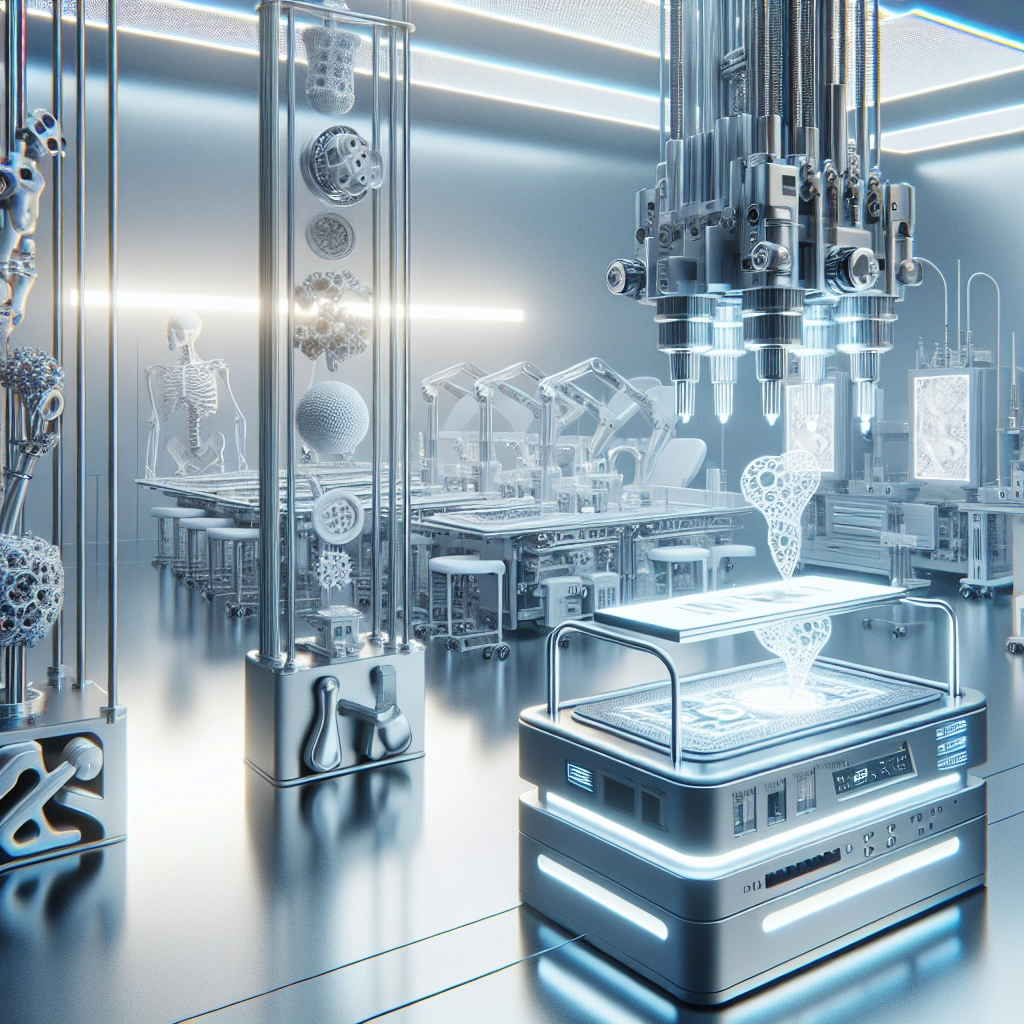3D Printing in Healthcare: Rapid Prototyping and Beyond
In the world of healthcare, innovation doesn’t take a backseat; it barrels down the highway at full speed. One of the most exciting advancements driving this innovation is 3D printing. While most of us might associate 3D printing with creating quirky toys or custom phone cases, the implications in the medical field are profound—and they’re just getting started.
The Basics of 3D Printing in Healthcare
At its core, 3D printing, or additive manufacturing, is the process of creating three-dimensional objects from a digital file. Layer by layer, materials such as plastics, metals, or even biological substances are built up to form a final product. In healthcare, this technology is rapidly proving its worth in various applications, particularly in rapid prototyping.
The Power of Rapid Prototyping
One of the most significant benefits of 3D printing in healthcare is rapid prototyping. Imagine a surgeon preparing for a complex procedure. Traditionally, they might rely on 2D scans, anatomical models, or even their own experience. But with 3D printing, it’s possible to create a patient-specific anatomical model in a matter of hours. This model allows surgeons to visualize the exact structures they’ll be working with, enabling better planning and execution.
For instance, instead of relying on generic models, doctors can print replicas of a patient’s organ or tumor, gaining insights that would be nearly impossible to achieve through scans alone. This not only boosts confidence but can also lead to better outcomes for the patients. It’s a game-changer for pre-surgical preparations, as it minimizes the risks associated with unanticipated complications during surgery.
Custom Prosthetics and Implants
3D printing is particularly shining when it comes to prosthetics and implants. Traditional methods of creating prosthetic limbs can be cumbersome and expensive, often taking weeks or even months. Enter 3D printing, which can produce bespoke prosthetic limbs in just days—at a fraction of the cost. The ability to create custom-fitted devices means improved comfort and functionality for patients, particularly those who may experience rapid changes due to growth or rehabilitation.
But it doesn’t stop there. Researchers are exploring 3D-printed implants made from biodegradable materials that can gradually dissolve in the body and be replaced by natural tissue over time. This innovative approach reduces the need for subsequent surgeries, making recovery less burdensome for patients.
Bioprinting: The Future of Organ Transplants
The next frontier in 3D printing holds even more promise—bioprinting. This cutting-edge technology involves the use of living cells to print tissues and even organs. While we’re not quite at the stage of printing an entire heart (yet!), there have been remarkable breakthroughs in creating simpler structures like skin, blood vessels, and even basic organoids.
Bioprinting has the potential to revolutionize transplantation. Imagine a future where we could print a customized organ for a patient who is waiting for a transplant, significantly reducing transplant rejection rates and the need for immunosuppressive drugs. It sounds like science fiction, but researchers are making strides every day.
Challenges and Ethical Considerations
Of course, with great power comes great responsibility, and 3D printing in healthcare is not without its challenges. Issues related to quality control, regulations, and the ethical implications of bioprinting—especially when human cells are involved—are still hot topics for debate. The regulatory landscape must adapt to keep pace with the rapid advances in technology to ensure that patient safety remains paramount.
Furthermore, questions arise about access. While 3D printing could drastically reduce costs, will it be available to everyone equally? As healthcare systems around the world grapple with disparities in access, this is an important consideration to keep in mind.
Looking Ahead
As technology continues to evolve, the potential for 3D printing in healthcare seems limitless. From creating precise surgical models to pioneering the realms of custom prosthetics and organ bioprinting, it’s clear that this technology will reshape how we understand and practice medicine.
In a world where tailored treatments and patient-specific solutions are becoming more essential, 3D printing stands at the forefront as a tool that not only enhances medical practices but ultimately improves patient outcomes. It’s an exciting time to be in the field of healthcare, where innovation and compassion are weaving together to create a future that’s healthier for everyone. As we continue to embrace and explore these advancements, who knows what incredible breakthroughs are just around the corner? The future looks bright indeed.

